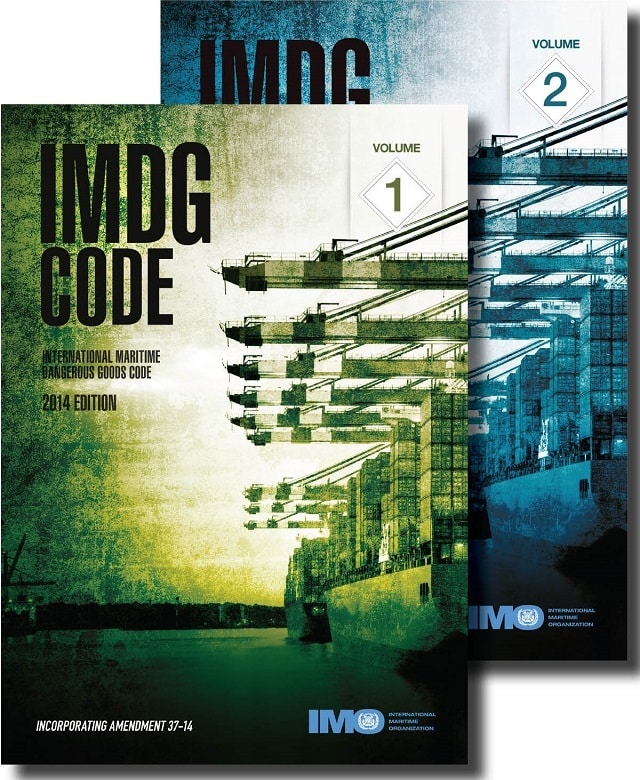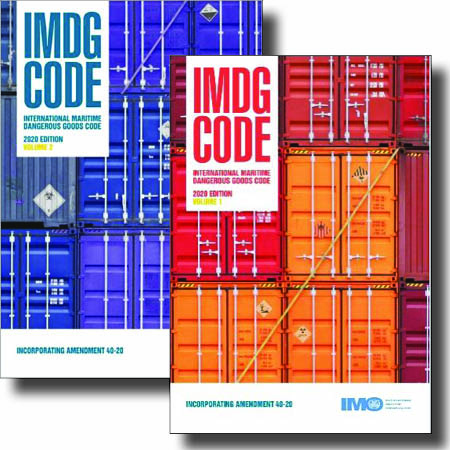The dangerous goods code has been created as per the recommendations of the United Nations’ panel of experts on transportation of hazardous goods along with the IMO (International Maritime Organisation).
This proposal by the UN was presented as a report in the year 1956 after which the IMO IMDG Code was started to be drafted in the year 1961.


Since marine transportation has undergone a lot of development and changes, it becomes essential that the code also keeps up with the changes.
This is why there have been constant amendments to the IMDG code. The amendments are proposed every two years, and the adoption of the amendments takes place after two years of the proposal by the concerned authorities.
The amendments are proposed in this manner: The countries that are members of the IMO present the required proposal The UN’s expert panel then views and decides what proposals merit immediate attention in the upcoming amendment Related Reading: Material Safety Data Sheet or MSDS Used On Ships Shipping Dangerous Cargo Shipping dangerous goods is a very tricky business.
This is why to avoid complications or problems while categorizing the aspect and level of danger; there is a set of classification for dangerous goods.
There are nine clauses in which the dangerous goods are classified. The dangerous goods labels and dangerous goods certificate for the cargo are issued as per the nine clauses which are explained as follows:
- Classification 1 is for explosives. The same classification has six sub-divisions for materials which pose a high explosive risk, low explosive risk, to name a few
- Classification 2 is for gases. This clause has three sub-categories that talk about gases that are highly inflammable, that are not inflammable and gases that neither inflammable nor toxic
- Classification 3 is for liquids and has no sub-divisions
- Classification 4 is for solids. There are three sub-categories that deal with highly combustible solids, self-reactive solids and solids that when interact with water could emit toxic gases
- Classification 5 is for substances that have the chances of oxidisation
- Classification 6 is for all kinds of substances that are toxic and that could prove to be infective
- Classification 7 is specifically for materials that are radioactive
- Classification 8 is for materials that face the threat of corrosion and erosion
- Classification 9 is for those substances that cannot be classified under any of the above heads but still are dangerous goods

